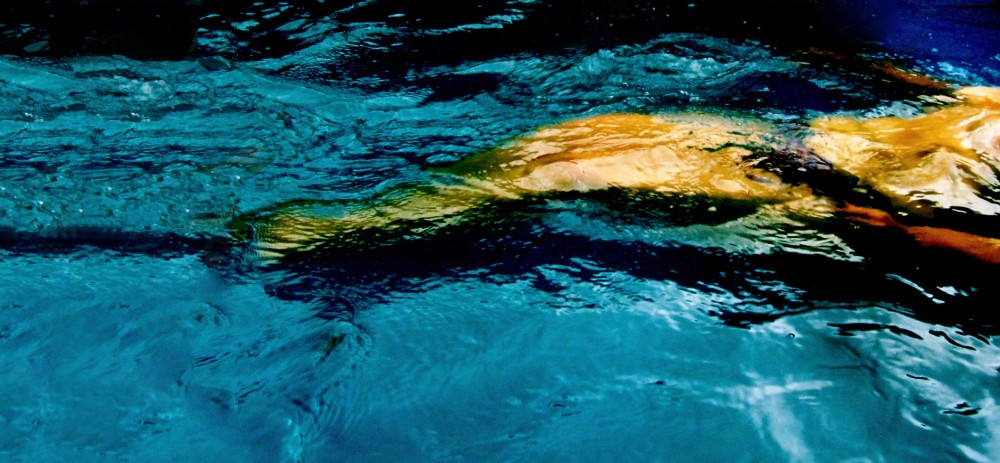My great little niece, Annalise, is like a “speeding bullet”; she started walking at ten months old and now, five months later, she tears around everywhere at a great pace, often making her hard to catch… and quite tiring for those about her. It seems she’s not unlike her famous great-grandma Betty (alias “Supergran”, who, in spite of being a nonagenarian, is still a force to be reckoned with!).
“Annalise is very energetic – isn’t she?” Chris spoke thoughtfully, having seen her only last evening at the house of my sister Mary (Grandma to Annalise).
I nodded. The “rocket” had kept five or six people on their toes for three hours or so.
“Do you think she’s hyper-active?” Chris asked, as if he was trying to remember what our girls were like at such a young age.
I had to stop and think myself, calling to mind what my son James was like as a toddler. My first thought was to say, “Well, Jim was quite placid”, but then I remembered an incident when he was around two…
We were out shopping in Exeter city centre, at least, I was shopping and Jim had to come along too. My young son didn’t much care for shopping for clothes, he preferred looking for toys or even food shopping. As it turned out, he especially disliked hunting for ladies swimming costumes.
“Mum, I’m bored. How much longer are you going to be?” he complained. (He had an excellent vocabulary for a two-year-old.)
I explained that Mummy had just another ten costumes to try on and that he must be a good boy and wait patiently, but he waited only until my back was turned… and he was off!
“Staff and customers, please look out for a two year old little boy called James. He has brown hair and brown eyes; he’s wearing navy and white striped dungarees and a white shirt. If you see him please catch him, hold him, and alert the manager. His mother is very anxious,” came the message (or something like it) over the Tannoy system throughout the multi-storey store.
Anxious! I was beside myself with worry. I flew around, and up and down every floor of the store to no avail; then, my heart racing, I went out onto the pavement of the busy main street and zig-zagged my way into every shop in the vicinity. I met a police constable (those were the days that policemen patrolled the streets) and he assisted me in my search. He had a walkie talkie and had soon alerted all the “Bobbies” and all the other shops in Exeter. Everyone in the city centre was on the hunt. After about ten or fifteen frantic minutes a call came through on the walkie talkie and the Bobby smiled.
“They have him,” he assured, “a member of staff spotted him up in the car park at the back of the shop.”
So I guess that Annalise is quite normal and not hyper-active. I suspect that she has a busy nature and just gets rather bored.

“Anyone for shopping?”
And if you’re feeling a bit lost or out of step with this modern world you might like to listen on YouTube to Jordan Peterson, philosopher and Psychology professor at Toronto University. Just click on the links below.
https://www.youtube.com/watch?v=ndEG28wKOnA
1 Jun 2017 – Uploaded by Intellectual Awakening
”Self–regulation is the ability to act in your long-term best interest”. Dr. Jordan BPeterson talks about …
https://www.youtube.com/watch?v=EVWSw5k7KoI
30 May 2017 – Uploaded by Intellectual Awakening
Dr. Jordan B Peterson shares valuable advice for people who seek to regain control of their lives. It’s a …
Like this:
Like Loading...




















































































































































